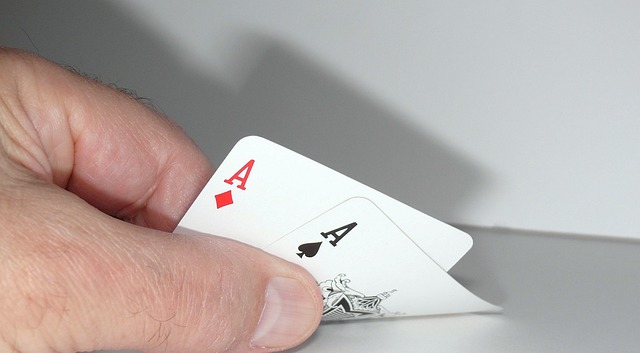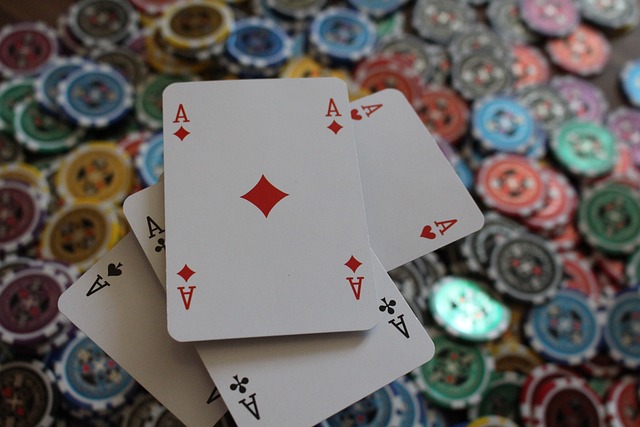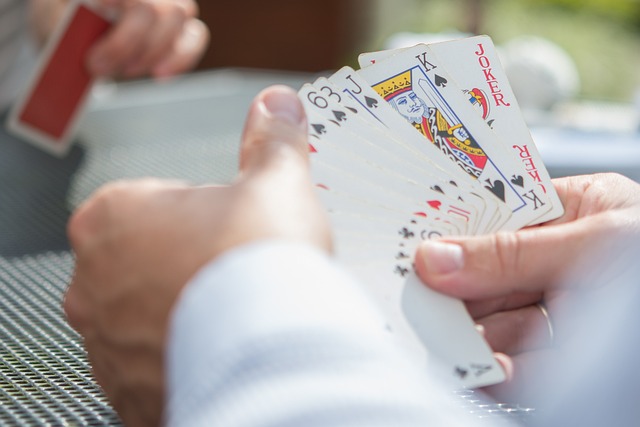Shuffling is one of the most underestimated mechanics in live and digital table games. Yet the type of shuffle—continuous shuffle machines (CSMs) vs traditional shoe-based dealing—has significant effects on game speed, house edge, and player perception. For both operators and sharp players, understanding the trade-offs is crucial.
This post breaks down how CSMs and shoes differ, why casinos choose one over the other, and what it means for game flow, edge strategies, and table profitability.
Why Shuffle Type Matters
Shuffle method directly impacts:
- Deck predictability
- Game speed and hands per hour
- Card-counting feasibility
- Perceived fairness and transparency
While the casual player may not notice, regulars and advantage players do—and so do operators watching margins.
Continuous Shuffle Machines (CSMs)
CSMs automatically reintroduce used cards back into the deck after every hand, creating a near-infinite shuffle. These machines are most common in blackjack, baccarat, and some poker variants.
Pros (Operator POV)
- Faster game pace → More hands per hour, higher table revenue
- Card counting nullified → No shoe depth to exploit
- Less downtime for manual shuffling or deck swaps
Cons (Player POV)
- No deck depletion edge → Counting, tracking, or clumping strategies ineffective
- Perceived as “rigged” by some players, even if untrue
- Less table rhythm → Feels robotic or mechanical to some
Ideal Use Cases
- Low to mid-stakes tables
- High-volume environments (e.g., tourist casinos, digital tables)
- Tables with a high risk of edge play or shuffle delays
Shoe Dealing (Manual or Auto-Shuffle)

Shoe games use multiple decks (typically 6 or 8) and only reshuffle when a cut card appears. This creates trackable deck states over dozens of hands, especially important in blackjack.
Pros (Player POV)
- Strategic depth → Deck composition matters, especially in blackjack
- Slower pace → More time to think, more social experience
- Preferred by advantage players and regulars
Cons (Operator POV)
- Vulnerable to card counters
- Fewer hands per hour → Less revenue
- Manual shuffling adds downtime, even with auto-shufflers
Ideal Use Cases
- Higher-stakes tables
- Loyalty-focused casinos prioritizing player retention
- Markets where “authentic” gameplay is a brand value
Impact Comparison Table
| Factor | Continuous Shuffle (CSM) | Shoe Dealing |
|---|---|---|
| Hands per hour | High | Medium |
| Shuffle downtime | Minimal | Moderate |
| Edge play resistance | High | Low |
| Player trust level | Lower (among some) | Higher (for regulars) |
| Game realism | Lower | Higher |
| Revenue per table | Higher (short-term) | Lower (but potentially longer retention) |
Operational Considerations

For Operators:
- Use CSMs where churn is high (e.g., public floors, busy weekends)
- Reserve shoes for VIP areas or live-streamed games
- Monitor KPIs: Hands/hour, average bet, player session time
For Product Teams (Digital):
- Consider offering both in RNG/live games for different audience types
- Track player preference by geography—CSMs dominate in some regions, while others lean traditional
- Use messaging to manage perception: Clearly explain how shuffling works to build trust
Final Takeaway: Match the Shuffle to the Table’s Purpose
Shuffle machines aren’t just technical choices—they’re game design levers. CSMs optimize for speed and edge protection, while shoe games cater to depth and experience. The right shuffle system depends on the player base, table purpose, and revenue goals.
